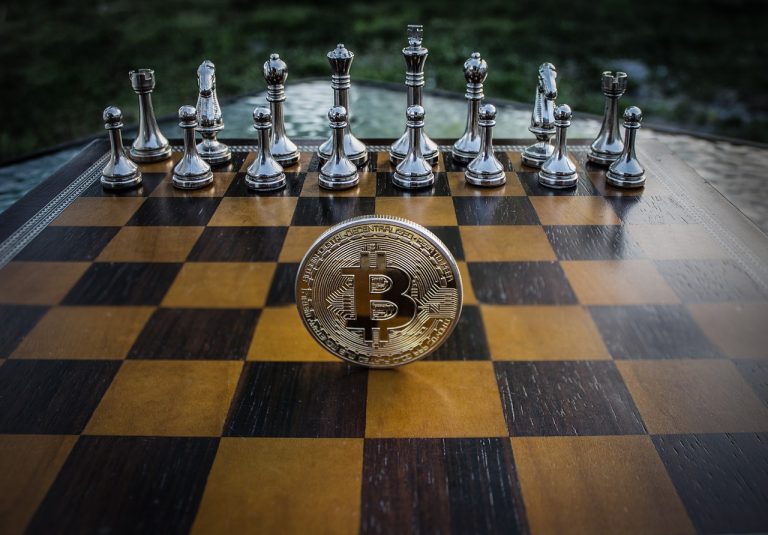Gaming has long been a popular form of entertainment, allowing players to immerse themselves in virtual worlds and embark on thrilling adventures. However, the emergence of Play-to-Earn (P2E) has taken gaming to new heights by introducing a concept that allows players to earn real-world value while playing their favorite games. In this blog, we will delve into the world of P2E, exploring its definition, underlying technology, benefits for players, and its potential impact on the gaming industry.
Understanding Play-to-Earn (P2E): Play-to-Earn refers to a gaming model where players can earn rewards, often in the form of cryptocurrency or non-fungible tokens (NFTs), by participating in gameplay activities. This concept has gained traction due to the utilization of blockchain technology, which enables the secure and transparent tracking of virtual assets and transactions. Through the use of blockchain and NFTs, P2E games provide players with true ownership and the ability to monetize their in-game achievements.
The Rise of P2E Games: P2E games have witnessed a meteoric rise in popularity, attracting players from around the world. This surge can be attributed to the increasing recognition of virtual assets as valuable commodities, which can be bought, sold, and traded on various online platforms. Pioneering P2E projects such as Axie Infinity, Decentraland, and The Sandbox have paved the way for this revolutionary gaming model, captivating millions of players and driving mainstream attention to the concept.
Benefits of Play-to-Earn: P2E offers a plethora of benefits for players, transcending the boundaries of traditional gaming experiences. One of the most significant advantages is the ability to earn real-world value through gameplay. Players can monetize their time and efforts by selling virtual assets, participating in in-game economies, and even earning a steady income by becoming professional players. This economic empowerment presents exciting opportunities for individuals, especially in regions where traditional job prospects may be limited.
Moreover, P2E games foster increased accessibility and inclusivity within the gaming community. Unlike traditional games that often require significant financial investments, P2E games offer a more level playing field. Players can enter the ecosystem with minimal entry barriers and have the chance to earn rewards through their skills and dedication. This democratization of gaming opens doors for a more diverse player base, promoting a sense of inclusivity and equal opportunities.
The Impact on the Gaming Industry: P2E has the potential to disrupt the traditional gaming industry in numerous ways. By introducing an economic dimension to gaming, P2E incentivizes developers to create engaging and immersive experiences that keep players invested in the long term. This shift from a mere leisure activity to an economic pursuit offers a new revenue model for game developers and publishers. It also encourages the exploration of innovative gameplay mechanics and virtual economies that fuel player engagement.
Furthermore, P2E has the capacity to reshape the relationship between players and developers, fostering a sense of community ownership and collaboration. Players become stakeholders in the game’s success, with a vested interest in its growth and development. This direct interaction and engagement can lead to the co-creation of content, enhanced communication channels, and the establishment of vibrant player-driven communities.
Challenges and Considerations: While P2E brings exciting possibilities, there are challenges and considerations that need to be addressed. Scalability remains a concern, as blockchain technology can face limitations in handling large-scale gaming ecosystems with millions of players. Additionally, regulatory and legal frameworks surrounding cryptocurrencies and NFTs require careful navigation to ensure player protection and compliance with local laws. Striking a balance between gameplay and economic incentives is also crucial to maintain a fair and enjoyable gaming experience.
The Future of P2E: Looking ahead, the future of P2E holds immense promise. Integration with emerging technologies such as Virtual Reality (VR) and Augmented Reality (AR) can create even more immersive and captivating experiences for players. Cross-platform P2E games that transcend device boundaries and enable seamless interaction between different gaming ecosystems are also on the horizon. As P2E continues to gain mainstream recognition and adoption, it has the potential to transform the gaming landscape, blurring the lines between virtual and real-world economies.
